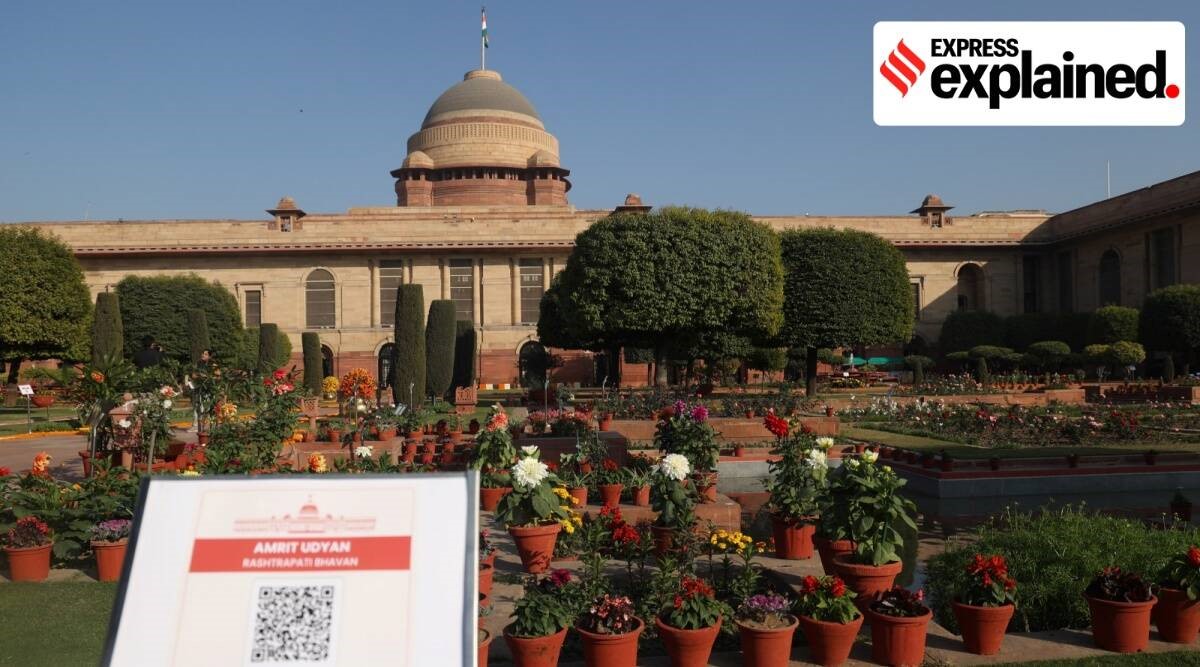Free Courses Sale ends Soon, Get It Now


Free Courses Sale ends Soon, Get It Now



Disclaimer: Copyright infringement not intended.
Context: The iconic Mughal Gardens at the Rashtrapati Bhavan (President’s House) in Delhi have been renamed. The collective identity of all the gardens at Rashtrapati Bhavan will be ‘Amrit Udyan’. Earlier there were descriptive identities, now a new identity has been given to the gardens.
Details:
© 2024 iasgyan. All right reserved